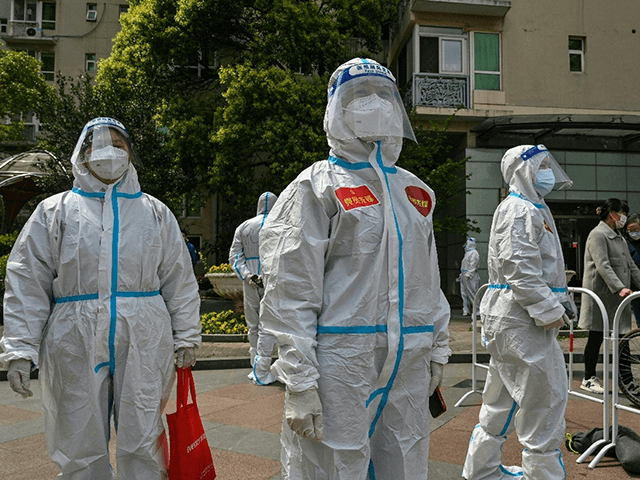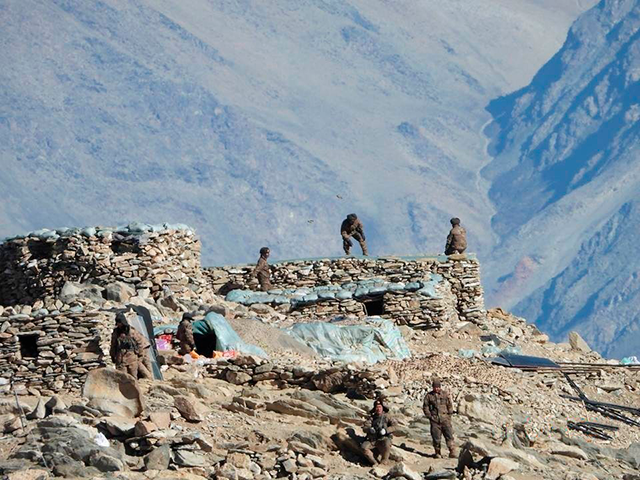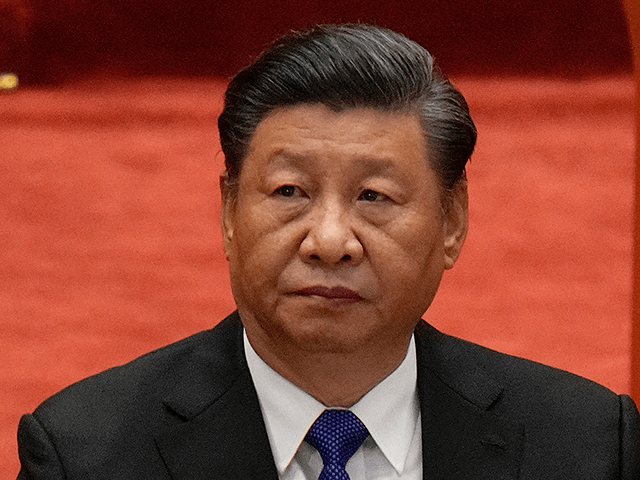Indian newspapers and agencies reported on Wednesday that Chinese dictator Xi Jinping had secretly been diagnosed with a brain aneurysm in 2021 and refused surgeries, preferring instead to use “traditional Chinese medicine.”
Asian News International (ANI) published what appears to be the first English-language report claiming that Xi is still currently struggling with the symptoms of a severe medical condition but has rejected conventional treatment. Some of India’s most prominent media outlets – including the Times of India, News18, New Delhi Television (NDTV), World Is One News (WION), ZeeNews, and the Hindustan Times – have either reproduced the ANI report or published original reports on the rumor.
India is one of China’s most prominent economic rivals and thus has much to gain from reports suggesting that Xi is undergoing a health crisis, refusing tried and true treatments for that crisis, and thus potentially leaving open the possibility of a change in leadership.
“Chinese President Xi Jinping is suffering from ‘cerebral aneurysm’ and had to be hospitalized at the end of 2021, media reports said,” ANI reported, adding cryptically, “It is learnt that he preferred to be treated with traditional Chinese medicines rather than going for surgery, which softens the blood vessels and shrinks aneurysm.”
An aneurysm is a ballooning blood vessel; in the brain, such a vessel could burst and cause severe health complications or death.
“Most brain aneurysms, however, don’t rupture, create health problems or cause symptoms. Such aneurysms are often detected during tests for other conditions,” according to the Mayo Clinic.
Traditional Chinese Medicine (TCM) is a set of unproven medical treatments, many of them ancient, prominently used in China for a wide variety of conditions. Many are herbal or fungal, consisting of teas, soups, and other concoctions. Under Xi, the Chinese Communist Party has invested heavily in promoting TCM as a lucrative industry. Estimates suggest that TCM generates as much as $27 billion a year in profits for the regime.

Workers and volunteers look on in a compound where residents are tested for the Covid-19 coronavirus during the second stage of a pandemic lockdown in Jing’ an district in Shanghai on April 1, 2022. (Photo by Hector RETAMAL / AFP)
TCM has become a particularly important economic sector for China in the aftermath of the Chinese coronavirus pandemic, as the government has heavily pressured citizens to opt for teas and soups to treat the viral infection instead of treatments that have gone through rigorous clinical studies and approved in the West.
“Of late, there have been speculations about Xi’s health as he had avoided meeting the foreign leaders since the outbreak of COVID-19 [Chinese coronavirus] till the Beijing Winter Olympics,” ANI elaborated. “Earlier in March 2019, during Xi’s visit to Italy, his gait was observed to be unusual with a noticeable limp and later also in France during the same tour, he was seen taking support while trying to sit down.”
News18 added in its reporting that Xi Jinping’s health has been the subject of speculation for years.
“In October 2020, Xi’s delay in appearance at an event in Shenzhen, slow speech and him going on a coughing spree further created speculations that he may be suffering from ill-health,” the Indian outlet observed. At the time, rumors spread that Xi had contracted the Chinese coronavirus, but the Chinese government never addressed the rumors, and Xi eventually made subsequent public appearances.
The Chinese Communist Party has not addressed the rumors at press time. The People’s Daily, the official newspaper of the Communist Party, published two stories on Tuesday and Wednesday about Xi’s activities – a phone call with French President Emmanuel Macron on Tuesday and photos of Xi allegedly attending an event honoring the Communist Youth League of China. Xi appears on an elevated platform in front of an audience of Youth League members in the photos, apparently seated six feet away from the nearest fellow Party leaders.
India and China are increasingly bitter economic and political rivals. Relations between the neighboring Asian giants reached new lows in 2020 after troops on their mutual border engaged in a deadly battle using rocks, sticks, and other rudimentary weapons, reportedly resulting in twice as many Chinese People’s Liberation Army (PLA) deaths as Indian military deaths. India admitted to the loss of one commanding officer, Col. Santosh Babu; China denied reports of dozens killed and claimed it lost only five soldiers a year after the event.

This photograph provided by the Indian Army, according to them shows Chinese troops dismantling their bunkers at Pangong Tso region, in Ladakh along the India-China border on Monday, Feb.15, 2021. (Indian Army via AP)
China has attempted to keep animosity against India alive by featuring veterans of the clash, known as the Galwan Valley battle, in major events. Most recently, a PLA veteran was honored at the 2022 Beijing Olympics torch relay.
Economically, Prime Minister Narendra Modi launched a campaign known as “Make in India” in 2014 to essentially outcompete China in manufacturing. In light of ongoing lockdowns in some of China’s most important economic hubs, most prominently Shanghai, New Delhi has been courting international companies and offering a more stable alternative to doing business under a communist dictatorship.
India has attempted to court China’s top economic partners away from the communist country, with some moderate success. Last month, Australia – which has expressed concerns about China’s growing leverage over its economy – signed a major trade deal with India and explicitly noted that part of the benefit of doing so was divorcing from the Chinese economy.
“For economic reasons, we’re gonna have to replace China in supply chains and frankly, there is no better substitute for China and so many of their supply chains than India, given India’s very sophisticated manufacturing base,” former prime minister and current Australian Special Trade Envoy to India Tony Abbott told WION.

COMMENTS
Please let us know if you're having issues with commenting.